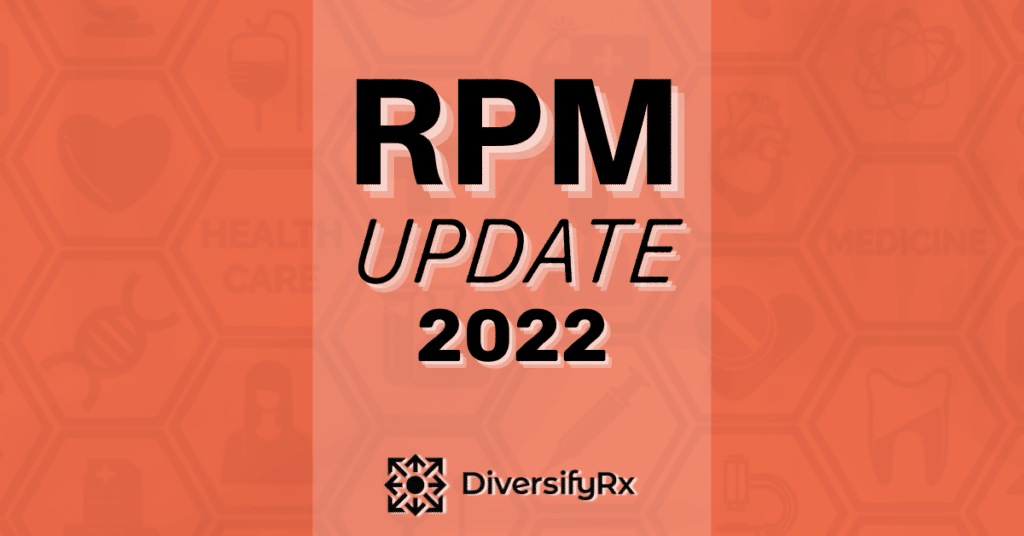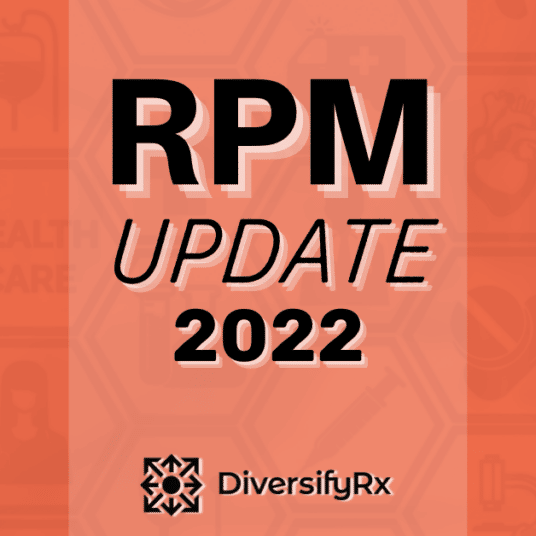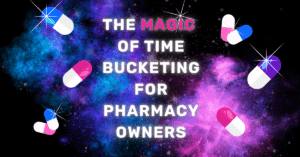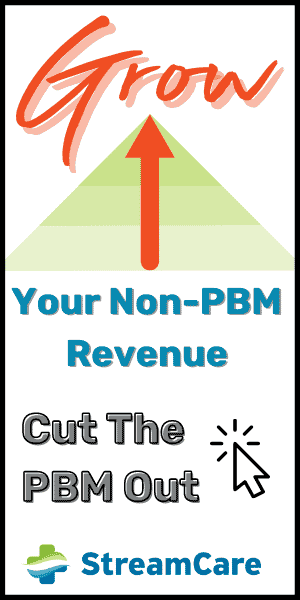Interest in Remote Patient Monitoring (RPM) services has skyrocketed in the past few months. Here’s what you need to know.
Remote Patient Monitoring, Remote Physiologic Monitoring, and Remote Therapeutic Monitoring are growing trends in healthcare, and they can benefit pharmacies of all sizes. By providing RPM services, pharmacies can improve patient outcomes, increase medication adherence, reduce hospital readmissions. and boost your pharmacy profits! It’s a win-win-win.
Many pharmacies that are interested in providing these services are not familiar with the requirements and billing codes. We have partnered with Value Care Suite to bring you an update on RPM and other clinical services.
Even though pharmacy owners and pharmacists are not billing for these services, it is critical that you are familiar with the codes so you can better understand the fee breakdown, read invoices, and collaborate with medical billers.
The Basics of Billing Remote Patient Monitoring
Recently, Medicare has made updates to the RPM billing codes. There are many types of codes to help break down all the activities that providers do to help these patients. To help eliminate some of the confusion we have a downloadable resource from our strategic partner, Value Care Suite, that clearly itemizes all of these clinical codes. You can download that resource for free here.
The five primary Medicare RPM codes are CPT codes 99091, 99453, 99454, 99457, and 99458. While code 99091 has been live for RPM since January 1st, 2018, the other codes are newer and provide much-needed clarity for billing RPM services.
Only a physician, or other qualified healthcare professionals, can bill code 99091. Clinical staff can also bill for codes 99457 and 99458 under general supervision. Lastly, auxiliary staff can bill for codes 99453 and 99454 under general supervision. Auxiliary personnel includes other individuals who are not clinical staff but are employees or leased or contracted employees. CMS has also clarified that RPM services are not diagnostic tests, and therefore they cannot be billed by an independent diagnostic testing facility.
The Details
The CPT language explains that monitoring must occur over at least 16 days of 30 days to bill for CPT code 99454. CMS states that this code is not to be used for a patient more than once every 30 days. Even if a patient has multiple RPM devices, only one instance of code billing can occur during a billing period. CMS also notes that CPT 99453 is billed only once per episode of care. An episode of care is defined as “beginning when the remote physiologic monitoring service is initiated and ends with attaining targeted treatment goals.”
To determine if a patient qualifies, the doctor must first establish if daily physiological data is essential for obtaining good results. If the answer is yes, you may enroll them into remote patient monitoring services, and automated technology will collect and transmit this data.
As with other medical billing, you’ll need to work with a reputable vendor that knows the CPT language and the Medicare rules and ensures that all billing is in line with the provided services. Even with CMS’s 2022 RPM billing clarifications, there are still nuances, so be sure to use a biller familiar with RPM billing.
How Pharmacists Fit In
In the past, RPM has been a huge strain on physicians. This burden prevented the widespread adoption of RPM services, and many patients were excluded from this beneficial service. Pharmacists and other pharmacy employees can now complete many RPM activities thanks to Medicare’s new billing codes and clarification on who is eligible to provide which treatments.
RPM services cannot be charged directly to Medicare by pharmacies. Still, they may enter into agreements with physicians and auxiliary firms for flat rates or percentage charges for their services. A pharmacist, technician, or other trained personnel within their scope of practice may perform these tasks in the pharmacy.
RPM Software
A big component of making RPM services efficient is leveraging full-service software. Great software will manage all the devices, patient tracking, alerts, notes, time tracking, invoicing, and audit trails. A pharmacist can bring a full turn-key solution removing all the heavy-liting from the provider and their staff with a robust software system. This is the main reason we have become fast friends with ValueCare Suite. Their system enables a pharmacy to perform all RPM activities from the pharmacy – without being in the doctor’s office. Also, ValueCare Suite is optimized for these clinical codes. Many EHR systems are not a good fit for tracking the required information for RPM and other value-based care codes. You will be able to manage vast patient loads in a highly efficient manner with ValueCare Suite.
Purchasing Devices
To really provide a full-service clinical care model to physicians, you will have to provide the devices for the patients. While this can seem like a burden to you, it really is a benefit. This way you can control the device fees and the physician is leasing the devices from you. In this typical model, a pharmacy should get 80% of all the device billings. The revenue share is calculated on a percentage basis, but we recommend you bill as a flat rate dollar amount. This flat rate methodology allows for quicker billing cycles as you are not waiting for revenue cycles to close before you get paid.
Typically, physicians and pharmacists give a patient just one RPM device. That is all that is required, but a better strategy is to give the patient more than one device. The benefit of this strategy is the patient is more likely to meet their minimum of 16 readings every 30 days when they have more than 1 device. For example, if a patient has a blood pressure monitor. If they only use it twice a week, you won’t be able to get paid since the minimum 16 readings weren’t met. However, if you give them a blood pressure and a scale, they now have more opportunities for more readings. The patient might get on the scale three times a week and then still use the blood pressure twice a week, now you are at your minimum number of readings. There is a higher device cost, however, that is offset by increased compliance and more billing opportunities.
Traditional Physician Collaboration
Pharmacists may also utilize the standard clinical services model, in which an embedded pharmacist works from a doctor’s office. The setup allows the pharmacist to give patient care while also generating additional income, but it still takes the pharmacist away from the pharmacy and can use more of the physician’s staff’s time.
Working At The Top Of Your License
No matter which method of collaboration you use with a provider you always want everyone working at the top of their license. Some tasks a technician will be able to do. While a nurse might be a great employee to manage all the RPM cases. Leveraging other professionals reduces the workload of the physician too so that they are only responsible for managing the outliers and creating new care plans for their patients.
A Part Of The Team
Pharmacists and pharmacy owners are eager to have all employees working at the top of their licenses. By providing clinical services to patients, pharmacists position themselves and the local pharmacy as an integral part of the healthcare team. Implementing remote patient monitoring services as an initial step in this direction is relatively risk-free and has a high reward. RPM will insert you directly into the care of the highest-need patients and their prescribers. Forming these relationships and showing pharmacists’ value will benefit your pharmacy and our industry in the short and long terms.
Getting into value-based services can seem daunting. What you need is someone to walk you through it all step-by-step. This is why we recommend ValueCare Suite to handle all the technology and TM Pharmacy Consulting for personalized program creation.
If clinical services or functional medicine revenue gets you excited, be sure to get your ticket to the Pharmacy Profit Summit so you can create your own profit plan with these valuable and profitable strategies.


















